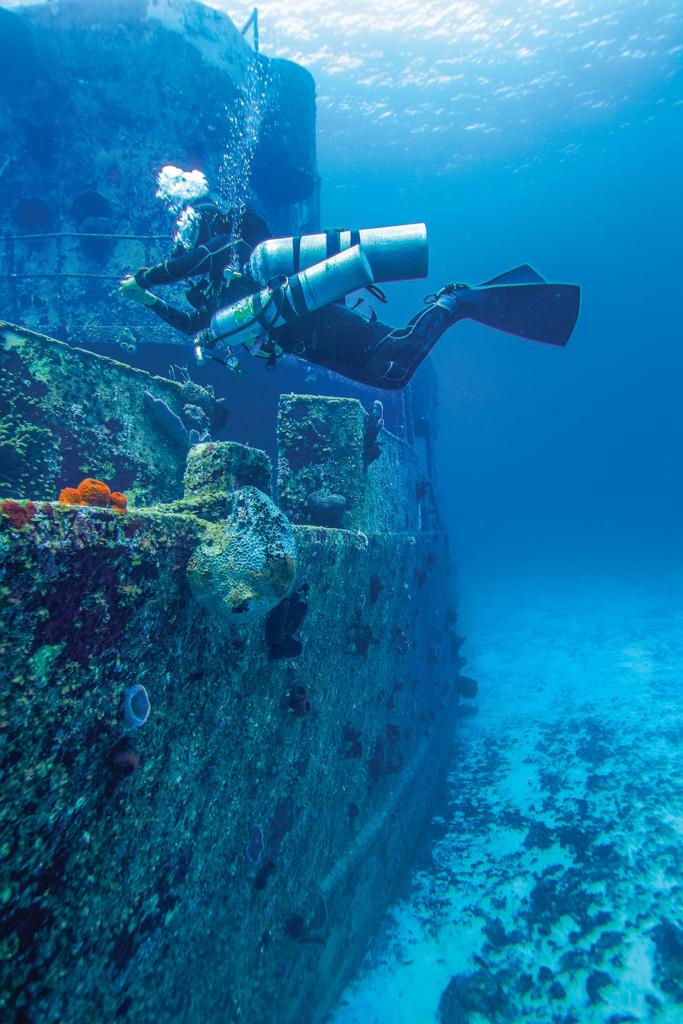Exploring the depths of the ocean has always fascinated humanity. Your ability to capture the captivating beauty beneath the waves is evolving along with technology. subsea imaging photography, also known as underwater imaging, has become a captivating field that unveils the mysteries of the underwater world. This article will delve into ten fascinating aspects of submerged imaging that might surprise even the most avid ocean enthusiasts.
1. The Evolution of Subsea Cameras
The journey of subsea photography began with rudimentary equipment, but today’s subsea cameras are technological marvels. Designed to withstand the immense pressure and challenging conditions of the deep sea, these cameras employ advanced materials and engineering. The development of specialized lenses and sensors ensures that subsea imaging captures the intricate details of underwater life with astonishing clarity.
2. Bioluminescent Wonders Unveiled
One of the mesmerizing aspects of submerged imaging is its ability to reveal the enchanting world of bioluminescence. Deep-sea creatures produce their light, creating a surreal spectacle. Subsea photographers employ specialized techniques to capture the subtle glow emitted by these organisms, offering a unique and ethereal perspective on the hidden nightlife of the ocean depths.
3. The Challenge of Color in Subsea Photography
It’s a common misconception that color disappears completely while diving into the ocean. However, the way light behaves underwater can alter the perception of color. In subsea photography, understanding and compensating for these color shifts are crucial. Innovations in image processing and color correction techniques have enabled photographers to showcase the vibrant and diverse palette of marine life accurately.
4. Underwater Photography in Extreme Conditions
Submerged imaging extends beyond the tranquil coral reefs to extreme conditions, such as polar waters or volcanic vents. Photographers brave these harsh environments to capture images that provide valuable insights into the unique ecosystems thriving in such extreme circumstances. In addition to technical skills, these underwater missions require a thorough understanding of marine biology and geology.
5. Unveiling the Macro World Beneath
Beyond the grandeur of larger marine life, subsea photography also unveils the intricate details of the microcosm underwater. Macro photography in the subsea realm captures the delicate beauty of tiny organisms, showcasing the extraordinary patterns, textures, and colors that often go unnoticed by the naked eye. This close-up perspective adds a new layer of appreciation for the diversity of underwater life.
6. Challenges in Natural Light Photography
Natural light photography poses a unique set of challenges underwater. The penetration of sunlight decreases with depth, affecting the overall visibility. Subsea photographers often experiment with different angles and timing to make the most of available natural light. Advanced camera settings and techniques, such as silhouette photography, are employed to create captivating images even in low-light conditions.
7. The Role of Artificial Lighting in Subsea Photography
To overcome the limitations of natural light, artificial lighting plays a crucial role in subsea photography. Subsea photographers use a variety of underwater lighting systems to illuminate the scenes and bring out the vibrant colors of marine life. Understanding the properties of light underwater is essential to achieve balanced and visually stunning photographs.
8. Capturing Behavior and Interactions
Subsea photography goes beyond still images; it also documents the behavior and interactions of marine creatures. From the courtship dances of seahorses to the hunting strategies of predatory fish, subsea photographers patiently observe and capture these moments. Your knowledge of undersea ecosystems and the complex interactions between many species is aided by these photographs.
9. The Impact of Subsea Photography on Conservation
Submerged imaging not only provides awe-inspiring visuals but also plays a significant role in marine conservation. Photographs documenting the beauty and vulnerability of underwater ecosystems raise awareness about the importance of preserving these environments. The emotional connection forged through subsea photography has the power to inspire conservation efforts and promote sustainable practices to protect the oceans.
10. Innovation in Underwater Imaging Technology
Submerged imaging is a field that is constantly evolving along with technology. From remotely operated vehicles (ROVs) equipped with high-resolution cameras to underwater drones that capture footage in real-time, innovation is reshaping the way you explore and document the depths. These technological advancements open new possibilities for subsea photographers, enabling them to push the boundaries of what is known about the underwater world.
Conclusion
Subsea imaging photography, with its evolution, challenges, and revelations, stands as a testament to human curiosity and technological progress. Through the lens of submerged imaging, you gain unprecedented insights into the wonders that lie beneath the waves. As you continue to explore and document the depths, subsea photography remains an invaluable tool in fostering appreciation, understanding, and conservation of your planet’s most mysterious and mesmerizing environments.
